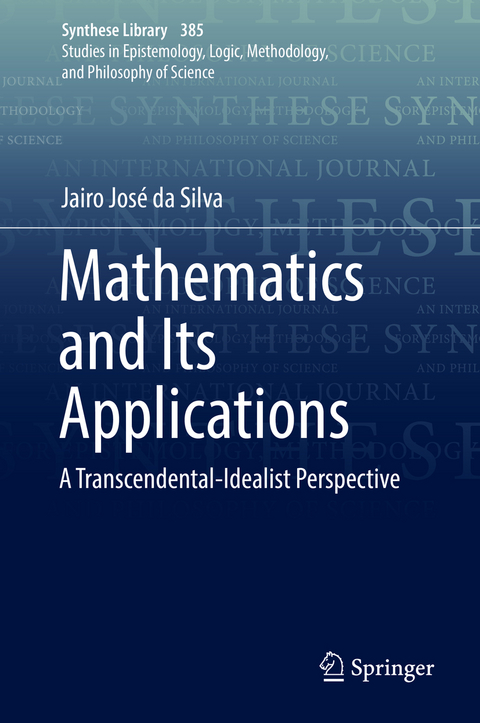
Mathematics and Its Applications
Springer International Publishing (Verlag)
978-3-319-63072-4 (ISBN)
The author details a philosophy of mathematics in which the problem of its applicability, particularly in physics, in all its forms can be explained and justified. Chapters cover: mathematics as a formal science, mathematical ontology: what does it mean to exist, mathematical structures: what are they and how do we know them, how different layers of mathematical structuring relate to each other and to perceptual structures, and how to use mathematics to find out how the world is.
The book simultaneously develops along two lines, both inspired and enlightened by Edmund Husserl's phenomenological philosophy. One line leads to the establishmentof a particular version of mathematical structuralism, free of "naturalist" and empiricist bias. The other leads to a logical-epistemological explanation and justification of the applicability of mathematics carried out within a unique structuralist perspective. This second line points to the "unreasonable" effectiveness of mathematics in physics as a means of representation, a tool, and a source of not always logically justified but useful and effective heuristic strategies.
Professor of Mathematics (retired) - State University of São Paulo, my main interests are the philosophy of formal and empirical sciences, phenomenology and the foundations of mathematics, fields which concentrate my publications. I am the co-author, together with Claire Ortiz Hill, of the book The Road Not Taken - On Husserl's Philosophy of Logic and Mathematics (London: College Publications, 2013). I am a member of the Centre of Philosophy of the University of Lisbon and a researcher at the National Council of Scientific and Technological Development (CNPq) of the Brazilian Ministry of Science and Technology.
1. The applicability of mathematics in science: a problem?.- 2. Form and Content. Mathematics as a formal science.- 3. Mathematical ontology: what does it mean to exist?.- 4. Mathematical structures: what are they and how do we know them?.- 5. Playing with structures: the applicability of mathematics.- 6. How to use mathematics to find out how the world is.- 7. Logical, epistemological, and philosophical conclusions.
| Erscheinungsdatum | 12.09.2017 |
|---|---|
| Reihe/Serie | Synthese Library |
| Zusatzinfo | VII, 275 p. |
| Verlagsort | Cham |
| Sprache | englisch |
| Maße | 155 x 235 mm |
| Gewicht | 577 g |
| Themenwelt | Geisteswissenschaften ► Philosophie ► Allgemeines / Lexika |
| Geisteswissenschaften ► Philosophie ► Erkenntnistheorie / Wissenschaftstheorie | |
| Mathematik / Informatik ► Mathematik | |
| Schlagworte | applicability of mathematics in science • Epistemology • How to use mathematics to find out how the world i • How to use mathematics to find out how the world is • mathematical ontology • Mathematical structures • Mathematics as a formal science • .NET Enterprise Servers • On Husserl's Philosophy of Logic and Mathematics • On Husserl’s Philosophy of Logic and Mathematics • Philosophy • Philosophy: epistemology & theory of knowledge • Philosophy: epistemology & theory of knowledge • philosophy of mathematics • philosophy of nature • Religion and Philosophy • Structuralism |
| ISBN-10 | 3-319-63072-5 / 3319630725 |
| ISBN-13 | 978-3-319-63072-4 / 9783319630724 |
| Zustand | Neuware |
| Informationen gemäß Produktsicherheitsverordnung (GPSR) | |
| Haben Sie eine Frage zum Produkt? |
aus dem Bereich


